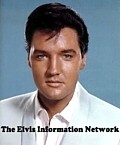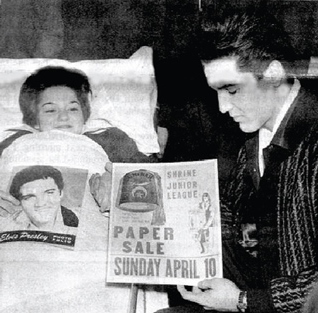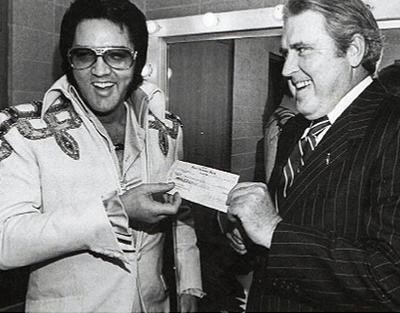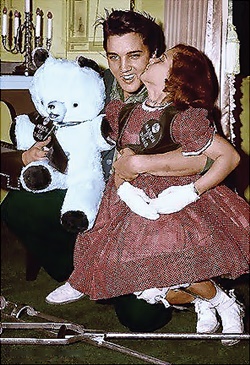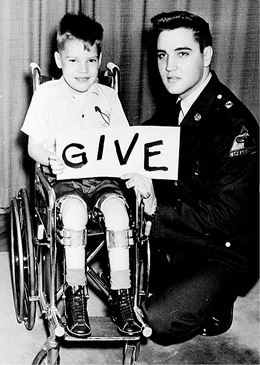 |
 |

Elvis A Humanitarian, Paul Belard, Linden Press, USA, 2019, Softcover (21.5 x 28 cms), 301 pages, Illustrated, ISBN-13: 978-1733922104
"I could never become so rich that I would forget what it was like to be poor." Elvis Presley Paul Belard’s goal is to record the Elvis Presley story in visual form. To date he has released 12 photobooks. A number of Belard’s books, including Elvis Black and White to Technicolor, are properly referred to as thematic photo-journals as they offer a balance between visual, narrative and archival material centred on a particular aspect of Elvis’ life. The author’s latest release (published last month) is another photo-journal, Elvis A Humanitarian. As Belard’s excellent Elvis Black and White to Technicolor dispelled the myth that Elvis was racist, Elvis A Humanitarian presents an impressive record of Elvis’ kindness to and compassion for those less fortunate. The full extent of Elvis’ acts of charity and kindness has not been fully recorded until the release of Elvis A Humanitarian. Belard’s book provides a more comprehensive and up-to-date record than the very good 1992 release by Mike Freeman and Cindy Hazen, The Best of Elvis: Recollections of a Great Humanitarian. The following passages from the back-cover of Elvis A Humanitarian reveal the motivation for Elvis' kindness and encapsulate the range of charitable endeavours he undertook during his lifetime (and beyond):
One can only guess at how many people Elvis touched throughout his career. Elvis performed benefit concerts in support of various causes. He donated to many charities. He reached out to friends, family and total strangers, paying hospital bills, providing financial assistance, buying cars, houses and other necessities. His support of sporting teams knew few boundaries, from Little League Baseball and Racquetball teams, to school football teams and martial arts clubs.
Also illustrative of Elvis’ compassion for others is the uplifting, yet ultimately very sad story of 14 years old Priscilla Myers who was dying due to the effects of cystic fibrosis. Elvis met her backstage in November 1956. Priscilla passed away the following year. Another, very moving story in Elvis A Humanitarian, complimented by color photos, is of Elvis realising a young girl in the front row of his concert in Norfolk, Virginia on July 20, 1975, is blind. Elvis took her hands and privately (on stage) talked with her for several minutes before kissing his scarf and then touching both her eyes with it. Elvis later arranged for the young girl to see a specialist and paid for a corrective procedure she needed. Many of Elvis’ acts of generosity will be familiar to many readers, a lot will not be. Some of Elvis’ lesser known acts of kindness and recognition of that kindness include:
Some readers may find it surprising to read that one of the many individuals Elvis helped, was Martin Luther King Jr.
While most of the visuals are in b&w, there are various color images, including:
Paul Belard provides added balance and gravitas to Elvis A Humanitarian through the reproduction of an array of wide-ranging and important archival material. The material includes:
The author presents each of Elvis’ acts of kindness in chronological order, up to and including the establishment of the Elvis Presley Memorial Trauma Center in Memphis, in 1983. Verdict: Paul Belard’s Elvis A Humanitarian is an important release which, as a record of Elvis' concern for others, contributes to a fuller understanding and appreciation of Elvis Presley “the person”. Recommended. Contact the author to purchase Elvis A Humanitarian EIN’s reviews of other books by Paul Belard:Elvis Black and White To Technicolor Elvis 1960 Seven Days In March Elvis September 1958 - Germany Bound
|
|
